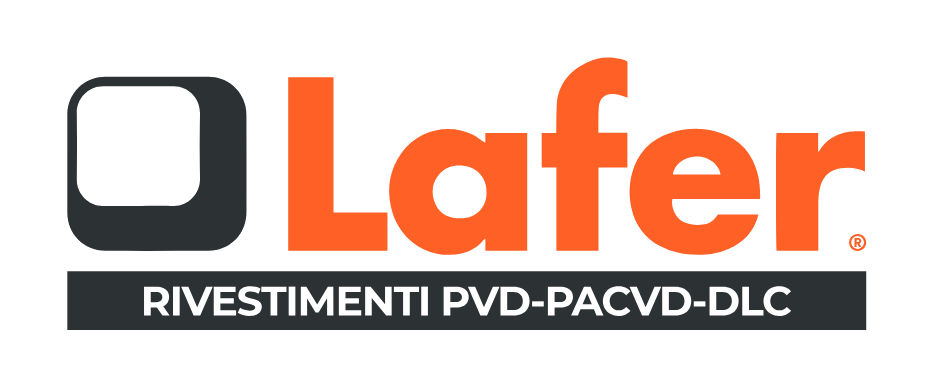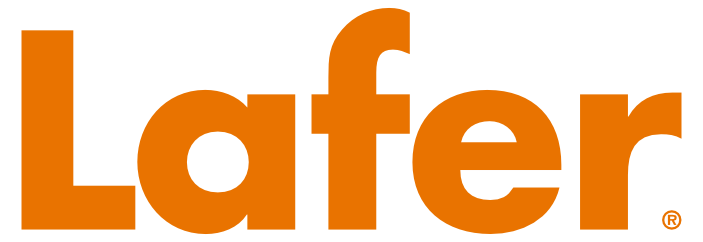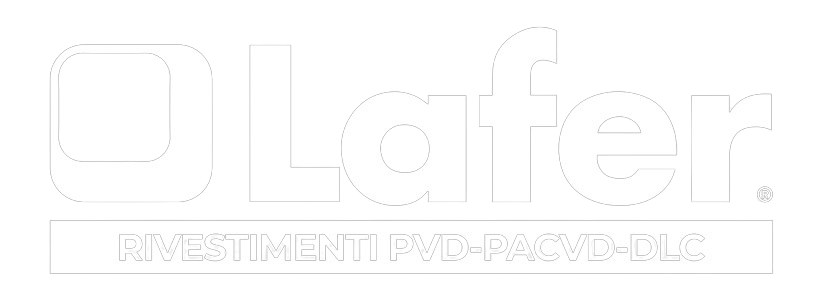1. Characteristics/Properties of DLC Treatments
The DLC (Diamond Like Carbon) coating is a carbon-based coating that combines the hardness of diamond with the lubricating properties of graphite.
Hardness
Hardness can be measured using nanoindentation, which involves applying a force with a diamond tip and measuring the depth of the indentation left on the material. The force and duration of application may vary depending on the type of test. With a 6mN/20s nanoindentation, the hardness is 2000 ± 200 HV.
Coefficient of Friction, Lubrication
This coating has an amorphous structure containing sp2 bonds, which give it self-lubricating properties similar to graphite. The coefficient of friction of the DLC coating is therefore very low, typically ranging from 0,10 to 0,20. This way, the DLC coating prevents seizure, galling, and failure of components exposed to friction, high loads, and contact with other parts.
Electrical Insulator
The electrical insulation of the DLC coating comes from the properties of the sp3 (tetrahedral) bonding characteristic of carbon in its diamond form. The DLC coating acts as an electrical barrier between the substrate and the external environment, preventing short circuits, electrical discharges, and electromagnetic interference.
Thermal Stability, Thermal Conductivity
The thermal stability and thermal conductivity of the DLC coating primarily depend on the structure and hydrogen content of the carbon. The deposition temperature of the DLC coating is generally low (<200°C), while the maximum operating temperature is around 250°C. The thermal conductivity of the DLC coating can vary from 1 W/mK to 1000 W/mK depending on its form.
2. Application Process of DLC Coating
The DLC coating is obtained using various deposition techniques, which determine its properties and advantages.
How is the coating applied?
To apply the DLC coating, a PACVD (Plasma Assisted Chemical Vapor Deposition) system is used, which utilizes a high-frequency electrical discharge to activate a gaseous mixture of hydrocarbons. The resulting plasma allows for the deposition of carbon onto the substrate surface in a mixed form of graphite and diamond.
DLC Coating by Lafer via PACVD
The Lafer DLC coating is a carbon-based coating deposited using PACVD (Plasma Assisted Chemical Vapor Deposition) technology, and it has the following characteristics:
- Hardness: approximately 2000 ± 200 HV
- Deposition Temperature: 180°C
- Maximum Operating Temperature: 250°C
- Coefficient of Friction: 0,05 to 0,1
- Coating Thickness: 2-4 μm
3. Advantages of DLC Treatment
DLC treatment improves component performance in terms of durability, wear resistance, friction reduction, and corrosion resistance.
Increased component lifespan
It protects components from abrasive, adhesive, and corrosive wear, as well as thermal fatigue, reducing seizure, galling, and component failure during operation.
Resistance to wear and abrasion
It has a hardness of approximately 2000 HV and wear resistance superior to that of other metallic or ceramic coatings.
Reduction of friction
The dry friction coefficient against steel is about 0,15, similar to that of PTFE (Teflon), but with greater adhesion and non-toxicity. This helps to reduce friction losses, energy consumption, and heat emission.
Increased corrosion resistance
These protective layers have an amorphous and dense structure that prevents the diffusion of gases and chemical agents through the substrate, enhancing barrier properties. Additionally, DLC coatings are chemically inert and do not react with most corrosive fluids.
4. Fields of Application of DLC Treatments
DLC coatings are suitable for a variety of needs and applications.
Coatings for tools
They increase the hardness, wear resistance, and corrosion resistance of metal tools, reducing the need for lubrication and maintenance.
Mold sticking issues
They prevent mold sticking, which can cause defects and damage to molded products. This is achieved due to their low adhesion and low friction properties.
Coatings for engine components
They enhance the performance and efficiency of engine components, such as pistons, cylinders, valves, and bearings, by reducing friction, wear, and emissions.
Coatings for medical instruments
They are biocompatible and chemically inert, making them suitable for application on medical instruments to enhance their durability, hygiene, and safety.
Coatings for automatic machine components
They are useful for components of automatic machines that experience stresses and contact with other parts, such as gears, bearings, springs, and chains. They reduce friction, wear, and noise, extending the service life and improving the quality of the products.
5. Biocompatibility Characteristics
The DLC coating is eco-friendly, hypoallergenic, and non-toxic, ensuring biocompatibility with the human body and the environment.
Green Coating
It represents an eco-friendly solution free from harmful or polluting substances. Due to its nature, it does not release harmful emissions, ensuring a virtually zero environmental impact.
Hypoallergenic, non-toxic
It does not cause allergic reactions or skin irritations, is chemically inert, and does not react with bodily fluids or medical substances.
6. Why Choose Lafer’s DLC Treatment
Lafer DLC is a carbon-based DLC coating: the low deposition temperature, the extremely low coefficient of friction compared to other PVD coatings, and the high H/E ratio, indicating excellent wear and fatigue resistance, are just some of the key features that make this coating cutting-edge compared to its competitors.
Certifications and Quality of the PACVD Treatment
Certified to ISO 10993-10:2010 and ISO 10993-5:2009
All coatings for the medical sector have achieved biocompatibility certification according to ISO 10993-5.
The PACVD technology meets the requirements for intracutaneous reactivity testing according to ISO 10993-10:2010 and non-cytotoxicity according to ISO 10993-5:2009.
Compliant with EC Regulation No. 1935/2004
Biocompatible coatings for food contact.
7. Conclusions
DLC treatments are an innovative and versatile technology offering numerous advantages in terms of hardness, wear resistance, friction, and corrosion.
DLC coatings are adaptable to various needs and applications across different industrial and technological sectors, including medical, automotive, mechanical, hydraulic, and aerospace.
DLC coatings are also environmentally friendly, hypoallergenic, and non-toxic, ensuring biocompatibility with the human body and the environment.
Lafer’s DLC treatment is a carbon-based DLC coating deposited using PACVD technology, known for its high quality, reliability, and certification.
Lafer’s DLC treatment is the ideal solution for enhancing the performance and longevity of components in various application areas.



